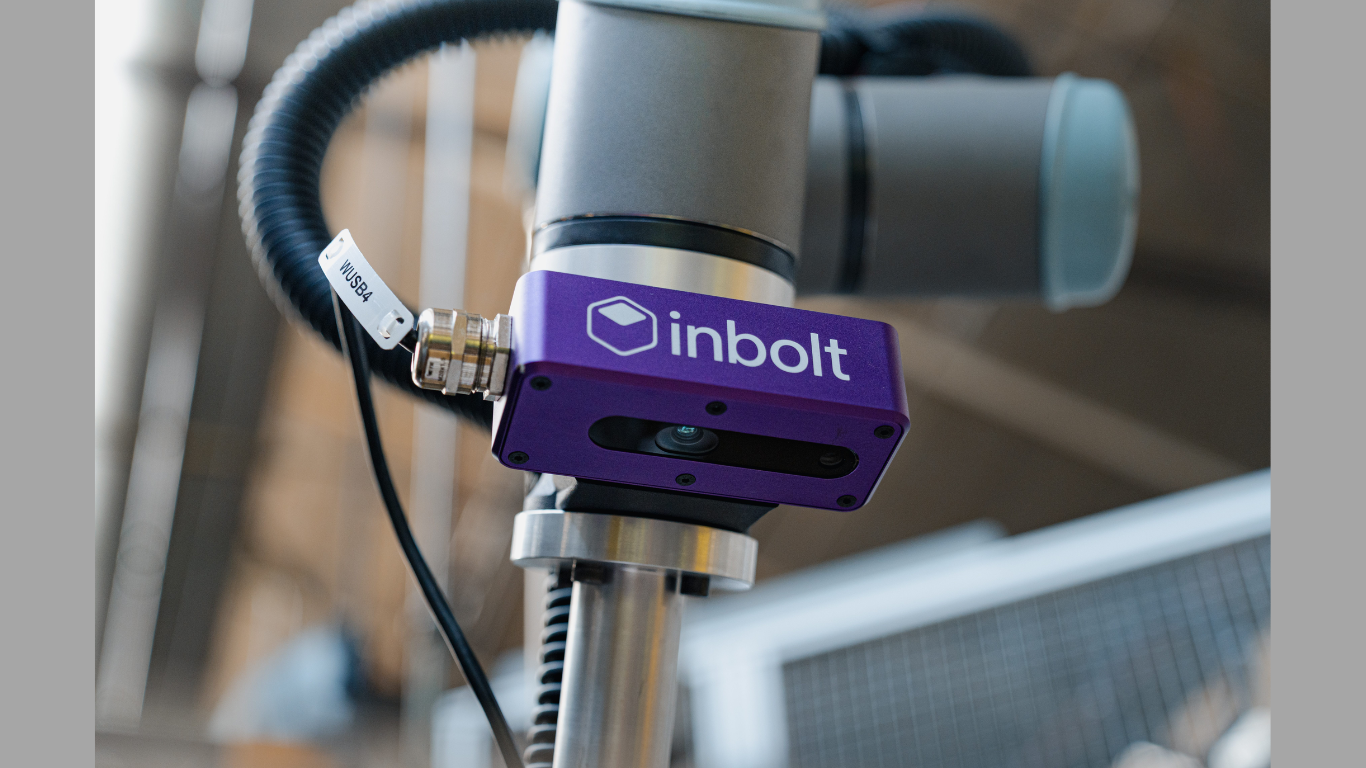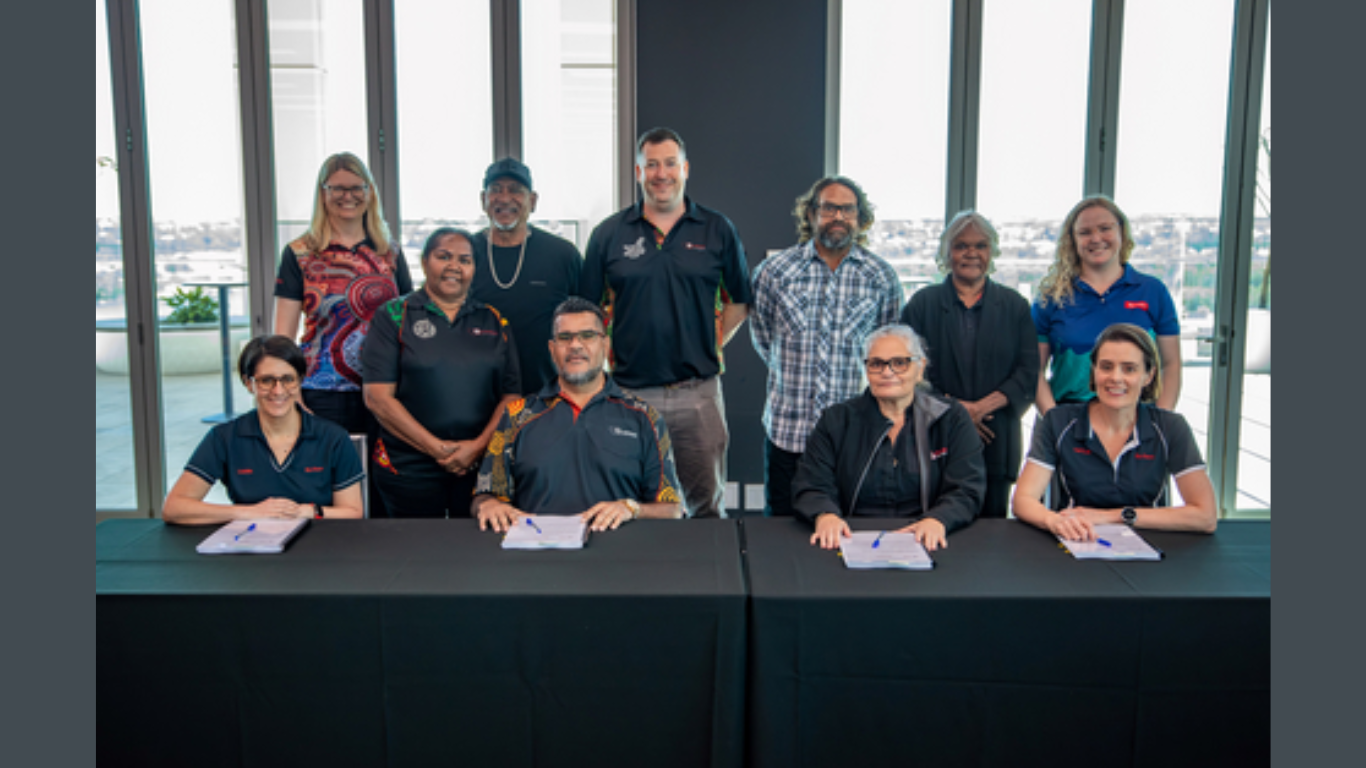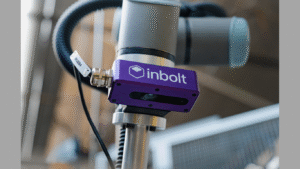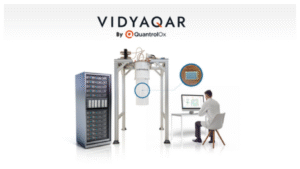The effective delivery of software to end users has become important for institutions, particularly in education. Higher education establishments are tasked with providing their students and faculty access to a wide variety of applications necessary for academic success. The adoption of technology in learning environments often faces hurdles, including licensing complexities, software compatibility issues, and user accessibility. To navigate these challenges, many institutions are turning to solutions that facilitate easier access to software.
Understanding the Need for Efficient Software Access
As higher education institutions embrace digital transformation, the necessity for seamless software access comes into sharp focus. Many students and faculty members require specific software programs to complete coursework, conduct research, or manage administrative tasks.
Traditional software deployment models often lag behind modern educational needs, leading to frustration among users and inefficiencies within the institution. Reports indicate that 60% of students find it challenging to access the software they need, which can hinder their learning experience and academic performance. This highlights the importance of creating a streamlined approach to application access.
Benefits of Streamlined Software Access
Implementing a streamlined approach to software access offers numerous benefits for institutions. It enhances user satisfaction by providing easy and efficient access to necessary applications. With a dedicated platform that simplifies application deployment, users can spend more time focusing on their studies or work, rather than dealing with software installation issues.
It significantly saves IT resources by reducing the time and manpower needed for troubleshooting software access problems. Another advantage is seen at AppsAnywhere, where
students and faculty staff can access a suite of applications tailored to their educational needs and launch on any device. This ability to access software remotely ensures that learning can occur anywhere and anytime
Choosing the Right Solutions
To fully benefit from streamlined software delivery, institutions must select the appropriate tools that suit their specific needs. Key factors to consider include scalability, security, and user-friendliness. A system must be able to handle an increasing number of applications and users without compromising performance.
Strong security measures must be in place to protect sensitive data, particularly in an educational environment where privacy is paramount. Institutions should ensure that the tools can deliver consistent performance without major outages or downtime. User experience should be prioritized since software interfaces must be intuitive, making it easy for users of all technical skill levels to navigate the platform and access their applications.
Implementing Change Within the Institution
Once the right tools have been identified, the next step is effectively implementing these solutions within the institution. This requires thorough planning and communication among all stakeholders, namely IT departments, faculty, and students. Meeting with user groups to gather insights can be instrumental in understanding specific needs and obstacles that might arise during the transition period.
Training sessions may be necessary to ensure that all users are proficient in the new tools and systems being introduced. By providing ample resources, such as instructional guides and FAQs, institutions can ensure that users adapt quickly to the changes. Ongoing support will help maintain efficiency and improve user satisfaction, minimizing resistance to new technologies.
Keeping Up with Future Needs
Institutions must remain vigilant about software demands and delivery methods. Regular assessments should be conducted to stay updated on user needs and experiences, ensuring that the institution’s software delivery solutions remain effective and relevant.
Regularly soliciting feedback will help discern what additional applications may be needed or if improvements can be made to existing software access solutions. Staying informed about emerging software trends and tools will enhance the institution’s ability to meet the future needs of students and faculty. This proactive approach will ensure sustained success and adaptation within the rapidly changing digital education atmosphere.
Overcoming Common Challenges in Software Delivery
Even with the right tools in place, institutions may face challenges in ensuring smooth software delivery. Common issues such as bandwidth limitations, outdated hardware, or inconsistent user training can affect the effectiveness of software access.
To mitigate these problems, institutions should invest in infrastructure upgrades and provide continuous digital literacy programs. Encouraging collaboration between IT departments and academic staff can help in identifying and resolving potential issues before they escalate, ensuring that all users benefit from uninterrupted access to software resources.
By adopting the right tools, fostering collaboration, and staying proactive about evolving technological needs, organizations can ensure that software delivery remains efficient and user-friendly. This empowers students and faculty to thrive. Investing in accessible and reliable software delivery solutions paves the way for a more connected, innovative, and future-ready institution.
Blog received via Mail






























